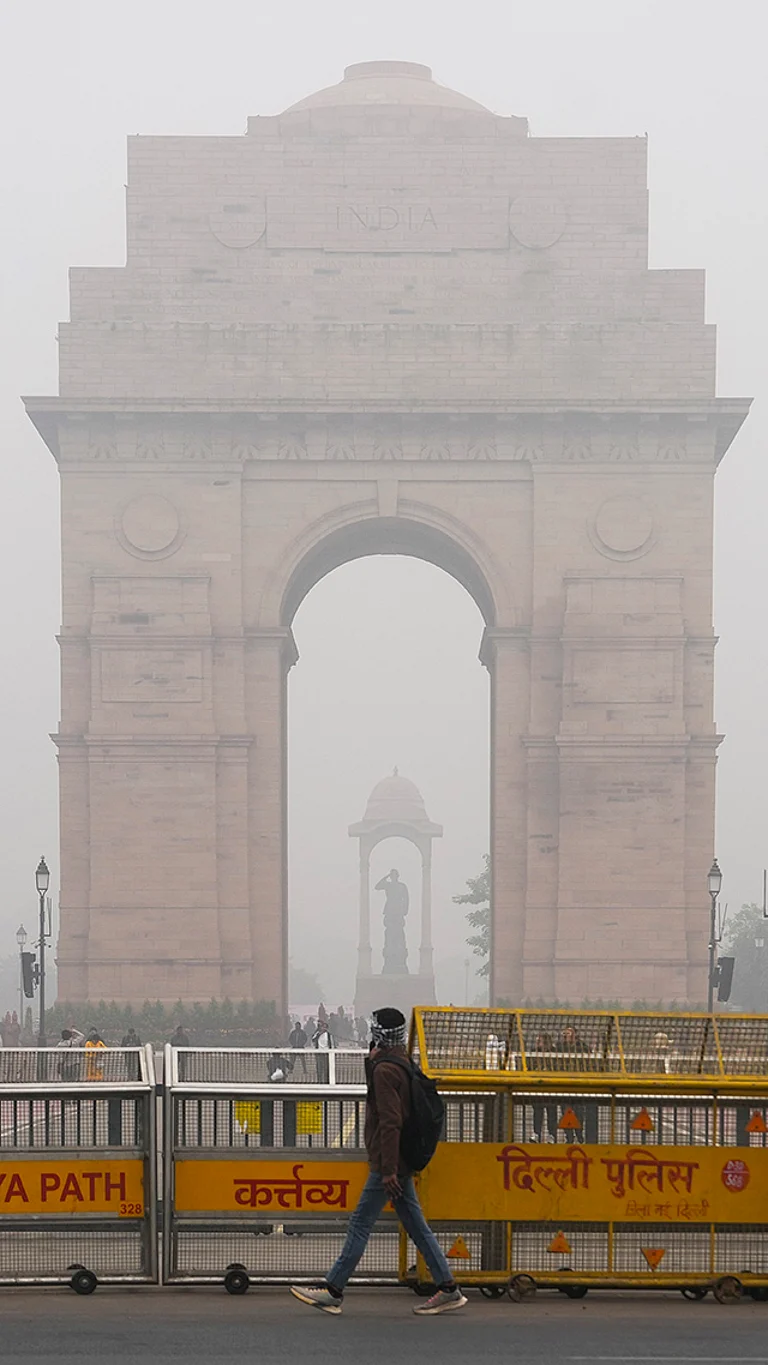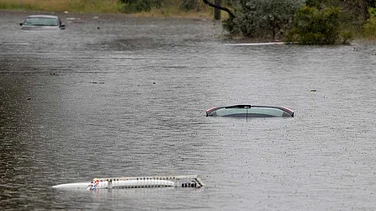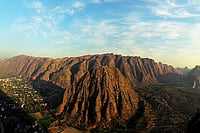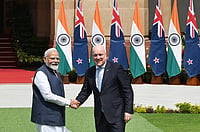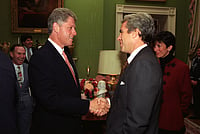Israel’s armed forces have resumed their barrage of attacks on Gaza, targeting the southern part of the enclave where it claims a suspected mastermind of the Hamas may be hiding. The Israel Defence Forces (IDF), which includes the army, air force and navy launched an all-out offensive in South Gaza, further cornering thousands of displaced civilians and forcing them to seek shelter in the seaside area. In a statement, the IDF said that they killed several Hamas operatives in the strikes in Khan Younis. However, they failed to mention the number of Palestinians killed in the attacks.
According to the health ministry in Gaza, the death toll in Gaza has surpassed 15,000, and over 70 per cent of those killed are women and children. This number has been rising by hundreds every day.
"During operations in Jabalya, the troops conducted a targeted raid on a military compound belonging to Hamas' Central Jabalya Battalion. A number of terrorists were killed as part of the activity," the IDF’s stated. The troops located a network of underground tunnels apparently used by Hamas as a training area and to store weapons.
Videos released by the IDF showed missiles destroying buildings in Khan Younis that they claimed were military bases used by Hamas. Israel’s ground troops conducted door-to-door operations to check for Hamas militants. Addressing the press, the commander of the Israeli Defence Forces Southern Command, General Yaron Finkelman, said, "We are in the most intense day since the beginning of the ground operation."
Israel’s Prime Minister Benjamin Netanyahu claimed they had encircled the Younis house of Hamas leader Yahya Al-Sinwar. "His house may not be his fortress and he can escape but it's only a matter of time before we get him," he said in a video statement.
Yet, there was no accountability for the number of people displaced, the homes destroyed, and the civilians killed. In fact, in a new advisory, the IDF has released a list of area numbers to “guide Gazan residents in evacuating high risk areas”.
“Anyone who sees the area number which they live, or is near an area on the map, must track and follow the instructions of the IDF through various media outlets and obey them. This is the way to preserve your safety, your lives and the lives of your families,” it says.
Earlier this month, residents of Khan Younis had said that Israel was dropping leaflets over several areas urging people to leave their homes, citing that the southern main city was now a “dangerous battle zone.”
The leaflets signalled Israel’s intention to widen its offensive, which has so far focused largely on the northern part of the Gaza Strip. Hundreds of thousands of Gazans had already fled northern Gaza earlier in the war to take shelter in southern cities like Khan Younis, which were until now considered safer zones.
Thursday marks two months of the latest flare-up in Israel’s war on Gaza, triggered by the Hamas attacks on October 7. Thousands of lives have also been lost in Israel, mostly in the initial bombings by Hamas. However, the numbers are far less than the toll in the besieged enclave.
UN chief Antonio Guterres has invoked the rarely-used Article 99 of the United Nations Charter to appeal to the Security Council for a humanitarian ceasefire in the Israel-Hamas conflict and to avert a "humanitarian catastrophe", which he said has "potentially irreversible implications" for Palestinians and peace in the region.







